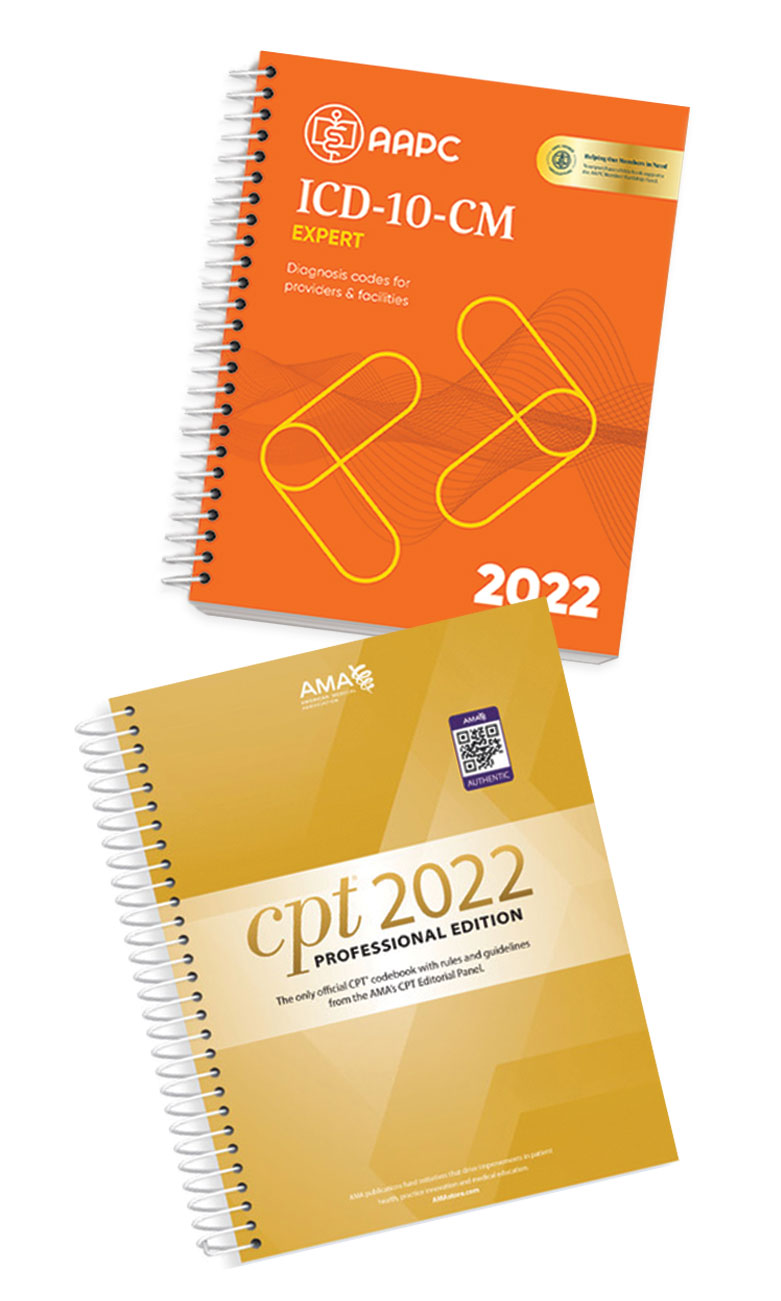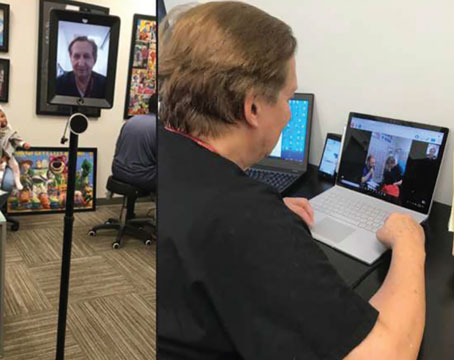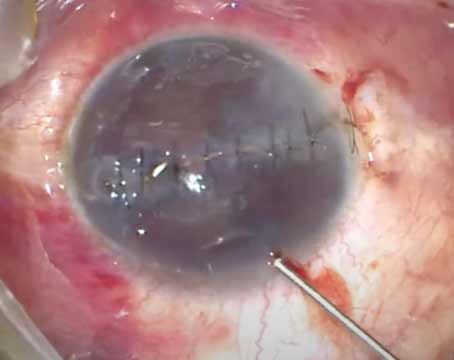 |
Special coverage and payment provisions for telemedicine put into place due to the pandemic in the United States in 2020 remain in effect as you read this, but how long will it stay that way? What happens if the special coverage and payment provisions go away? It’s a common question as we near the next possible renewal date, so let’s dive in!
Q: The public health emergency, although very challenging in terms of taking care of my patients, has enabled me to see patients in a new way. I never would have thought of telemedicine before COVID—but I use it regularly now. How could the government change what they cover and pay for via telemedicine?
With all the lockdowns in force, in order to help patients and providers deliver care at the beginning of the COVID-19 pandemic, under the Public Health Service Act, Section 319, then-Secretary of Health and Human Services, Alex Azar, had the authority to declare a public health emergency (PHE) when a severe disease has become a significant threat to U.S. citizens.
This PHE, for the virus that causes COVID-19, SARS-CoV-2, was first declared on January 31, 2020. PHEs remain in effect for 90 days unless renewed or terminated before then. Secretary Azar renewed it until the change of administration, and current Secretary Xavier Becerra has maintained the status quo. As I write this, the current PHE for COVID-19 has been extended for another 90 days. Going forward, it helps to know that in January 2021 the Biden Administration committed in writing to give governors 60 days’ notice before terminating the PHE early. So, when the next deadline nears, if the president hasn’t notified the governors, you know we have at least another 60 days.
This federal PHE allowed the HHS Secretary (the cabinet-level position that oversees Medicare) to grant Medicare the ability to invoke waivers of certain rules under Section 1135 of the Social Security Act. One of the most important pieces for us in eye care was that we gained a lot of flexibility in terms of how Medicare covered telemedicine. They also changed some of the ways we file claims (place of service and modifiers), which resulted in payments that have been equal to how physicians would have been paid if they used the same CPT codes in the office. That’s the long version of how the relaxed TM rules came into play.
Q: What happens if the PHE declaration expires or is terminated?
It’s true that practices would have to go back to less flexibility on telemedicine if that happens. There are lots of things that would change, but in terms of 2022, ophthalmology is safe for telemedicine claims and payments under Medicare Part B for quite a while. The House of Representatives passed HR 2471 (the “Consolidated Appropriations Act, 2022”), and the Senate agreed. This bill was passed into law when the president signed it on March 15, 2022. This law had the effect of unlinking the TM provisions from the PHE. Among other things, it makes the current special rules remain in effect until 151 days after the expiration of the PHE. As of this writing, when you add that 151-day period to the 60 days’ notice referenced above, it’s apparent that practices will keep things status quo and continue to deliver and be paid for care at the current rates via audio-only or video for a while after the Public Health Emergency’s expiration date. It seems inconceivable to me that CMS would initiate a harsh change at any time this year.
Q: If I have not used TM a lot, is there a list of services I can look at to consider if it makes patient-care and financial sense?
Yes, CMS publishes a list every year. You can find the current 2022 list on the CMS site inside the ZIP file at www.cms.gov/Medicare/Medicare-General-Information/Telehealth/Telehealth-Codes. Once you download and open the compressed “List of Telehealth Services for Calendar Year 2022” file, there are two files in the folder: One is an EXCEL file with the list of 2022 codes allowed, and the other has the same information, but in a less-familiar format. Importantly, it includes all the usual office-visit codes we use daily to file claims for outpatient care (Eye codes 92002-92014 and Evaluation and Management codes 99202-99215). Practices also gained the ability to use time-based telephone (audio-only) codes 99441-99443 and some of the “Online digital evaluation and management” codes 99421-99423. For our usual EM outpatient codes 99202-99215, with TM we can use time or the usual rules for code level selection. There are many other codes on the approved TM list, but they’re less commonly used in eye care.
Q: My state let their special PHE declaration expire. What does that mean for my Medicare claims?
As I write this, only 20 of the states and territories still have a PHE declaration in force, but that has no effect at all on Medicare’s relaxed coverage and payment for TM, since its guidance applies to all states, even those like yours.
Q: How should I file TM claims if I haven’t done it before?
CMS changed the Place of Service from the usual 02 (Telemedicine) to 11 under the PHE. This had the effect of improving payment over the “facility payment rate,” which was far less. As of April 1, 2022, some Medicare contractors have indicated they’ll revert to processing with place code 02. Most claim lines will use modifier 95 on each claim line filed and done via TM under these special rules, but be sure to check. Private payers might use different modifiers and approve different codes, but so far that’s not common. CPT introduced a new modifier, 93, but that hasn’t been widely adopted.
Q: What’s slated to happen in 2023 related to TM? Will we get to keep this flexibility?
For Medicare and other Federal payers, we just don’t know this early in 2022. The wide adoption of TM during the COVID-19 pandemic does make it seem that Medicare can’t go back to the old, highly restrictive rule from a couple of years ago where only certain codes were covered under special circumstances. Details about payment are also unknown at this point.
Mr. Larson is a senior consultant at the Corcoran Consulting Group and is based in Tucson, Arizona. He can be reached at plarson@corcoranccg.com.






